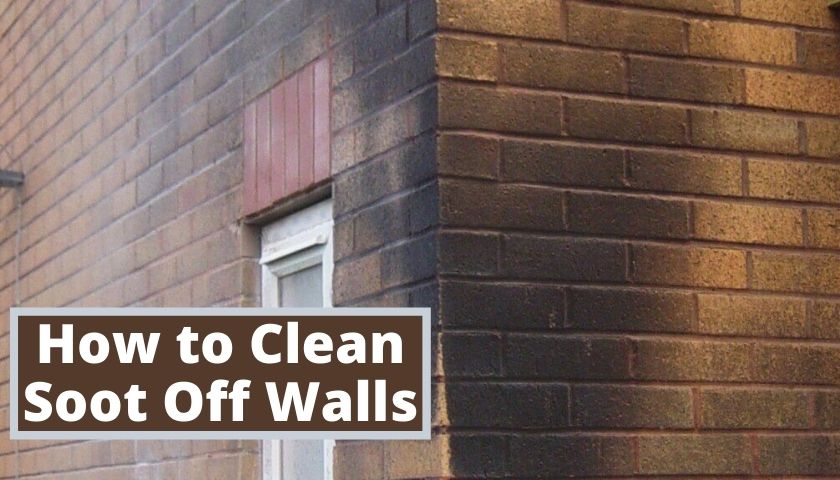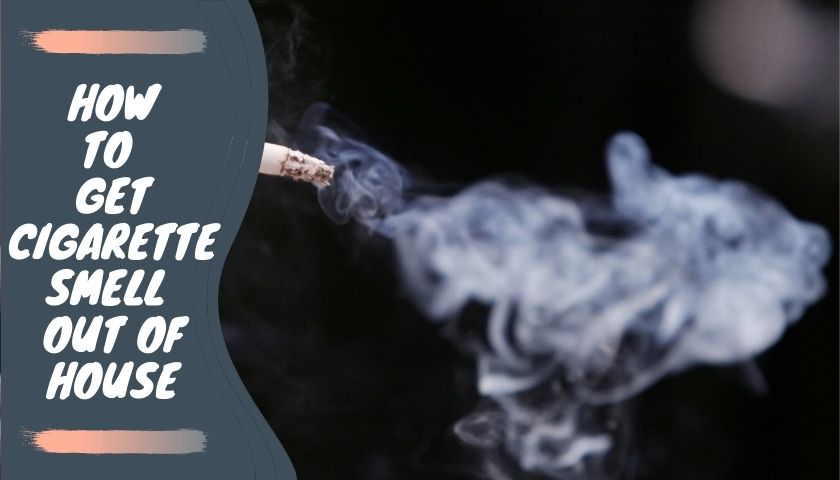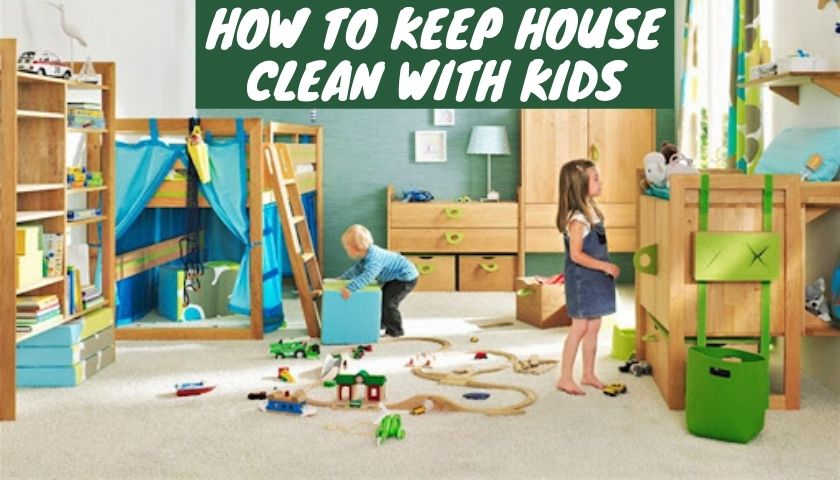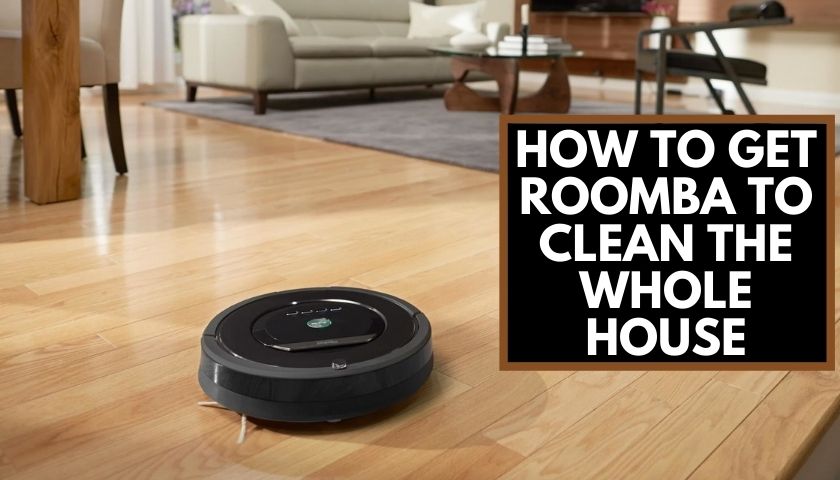How to Clean Soot Off Walls | In Just 10 Steps

As an Amazon Associate I earn from qualifying purchases.
If any fire mishap takes place in your home big or small, the fire can leave a large amount of smoke and soot. It does not travel further, but it sticks with walls, furniture, or any surface in the home. Soot marks look like a thick black stain and they are most visible on the wall and in improperly vented areas.
Soot is acidic and toxic, so you need to take immediate action to remove it once the fire is out. If you don’t want any health and structural problems, then you must clean them up.
However, surfaces like furniture, cabinets, or ceiling can be easily cleaned with regular cleaning agents. But when it comes to cleaning the walls, it becomes challenging as it is a non-porous surface.
In this case, we will help you out. We have come up with a complete guide to cleaning soot from the entire wall after a fire. Furthermore, you can learn important information about soot.
Contents
How is soot build-up?
Soot is the small molecule of carbon that is the result of incomplete combustion of fossil fuels like oil, coal, or wood. Soot is a combination of several chemicals, acids, soil, dust, etc. It also spreads a sight foul smell.
When a fire takes place, soot extends all over the property. As a result, this acidic substance affects the whole indoor air quality. Soot can settle on the ceiling even if there wasn’t fire. It can inhabit the home if you use excessive candles or fragrance coal. Improper ventilation is also a reason for soot on the wall.
Soot can come from outside. When fossil fuels are consumed for industrial purposes, soot is discharged into the environment. Thus, soot chemicals hurt the ecosystem considerably. It also acts the same in the home and damages the indoor quality leaving bad odors and stains.
What is the side effect of soot exposure?
Soot particle exposure leads to many deaths and asthma attacks all around the world. It infiltrates the human body through inhalation, ingestion, or skin. If soot reaches your body via inhalation, then it can harm your respiratory system.
Mostly, this toxic element causes several breathing issues, including, coronary heart disease, bronchitis, and even cancer. Infants, aged, and people with breathing problems suffer the most. To avoid these health risks, you should treat the soot-affected areas and properly sanitize the home.
How To Clean Soot Off Walls?
Soot can be created from even small fires, so you should always check your walls, ceiling, and woodwork. It looks ugly on the surface and can create spontaneous combustion. So you should clean them as soon as possible. To clean soot from the wall, you will need certain things:
- Protective gear
- Bucket
- Cellulose sponge
- Trisodium phosphate (TSP)
- Vacuum
- Utility knife
- Microfiber cloths
- Dry cleaning sponge
- Dishwashing liquid
Step 1: Wear Protective Gear
It is important to ensure the full protection of your body. So wear the necessary protective gear to save yourself from harmful soot. While taking safety precautions, consider safety equipment for your eyes, skin, and lungs. For example rubber gloves, masks, safety glasses, old and long sleeve shirts, or aprons.
Step 2: Ensure Ventilation
Unclose the windows and doors of the area that you are going to clean. Ensure proper ventilation, it will provide fresh air and let soot particulates out of the room rather than settling in the furniture and carpet. You can turn on the circulating fan or pen vents for better air circulation.
Step 3: Take protection for the room
While cleaning soot from the wall, it becomes airborne and can be settled on the furniture of the room. Cleaning all the furniture won’t be an easy task. So if it is possible, then empty the room by removing furniture and other accessories including paintings, plants, carpets, curtains, upholstery, etc.
Try to remove all your personal belongings from the room. If you are not able to remove the furniture, then cover them with old bedsheets to save it from soot particles.
You also need to protect the floor. Once the room is empty, take a plastic drop sheet, or newspaper to fully cover your floor. Not only the area, you will clean but also the whole room.
Step 4: Vacuum the wall
Vacuum the wall using a hose and dusting brush attachment. Vacuuming helps to remove loose particles of soot and it doesn’t spread all over the area. Always start cleaning from the top of the wall. It will be better clean if you hold the brush at least one-half inch away from the wall.
Avoid contacting the vacuum with the wall otherwise smearing can occur. While you are cleaning the ceiling, use a sturdy step stool for better reach. Don’t be rushed, work slowly and move the ladder each time to stave off falls.
Step 5: Utilize a dry cleaning Or soot sponge
You can find specialized sponges for removing soot. They may be called soot sponges, dry cleaning sponges, or chemical sponges. Actually, these sponges are made of vulcanized rubber and it effectively grabs soot from hard surfaces. It absorbs all the residue and provides the perfect cleaning of soot.
Since soot easily gets smeared, using a regular sponge can push the soot further into the wall and leave a permanent stain. You can get a dry cleaning sponge in the hardware store or online.
Start wiping with the ceiling and then the top of the wall. Always wipe the wall down and overlapping strokes. You need to press the sponge firmly against the wall. Remember you are wiping the wall not scrubbing. Thus, the sponge will grab soot without smearing them around.
Make a section to clean the wall easily. Wipe the wall until you get to the bottom-right edge and clean the entire wall. Though soot won’t remove all the staining caused by soot, it will remove a large number of loose particles. The dry cleaning sponge quickly becomes black after absorbing soot from the wall.
Move to the other side of the sponge when it is discolored enough. Also, you can cut a thin layer of the outside using a utility knife and expose a fresh side of the sponge. Never try to clean the sponge with water, then it will stop working.
Step 6: Make a degreasing cleaning solvent
As the dry cleaning sponge doesn’t remove soot staining from the wall, you can apply a wet cleaning method. To make a degreaser solution, Trisodium phosphate (TSP) is the most effective ingredient to clean soot stains.
It is a perfect degreaser for this task. If you don’t manage the element, then you can make a solution of water and dishwashing liquid that is a degreaser.
If you use Trisodium phosphate, then take a bucket with two quarts of water and mix one-half cup of powdered trisodium phosphate. Stir them well to mix. If you don’t have TSP, then mix two tablespoons of dishwashing liquid solution and stir them well. Must wear protective gloves while making the solution.
Step 7: Apply the cleaning solution
To apply the degreasing solution, soak a sponge and wring it to remove excess water. Wipe the wall with the sponge and rub gently to remove the soot residue. When the sponge collects much amount of soot, then rinse with the cleaning solution again and continue cleaning.
Since you have cleaned the majority of the soot, you don’t have elbow grease to remove the residue. However, make another batch of cleaning solution if the water turns black.
Step 8: Rinse with water
Once you finish removing soot residue from the wall using the degreasing solution, then you need to rinse the wall with water. This time, only use plain water. Damp a clean sponge and wipe off the excess cleaner and soot on the wall. However, you can use a microfiber cloth.
Step 9: Dry the wall
After rinsing, now use a towel or rag to dry the wall surface. It would be better if you remove as much water as you can. Wait until it is dry before touching it and you may need several hours.
Step 10: Remove Protective Materials and Vacuum
Now, remove all the protective materials that you use to cover furniture and the floor. After that, vacuum the whole area and dispose of the waste carefully.
Call the professionals if…
Soot removing tasks is not that easy job. It is quite dirty. It is okay to clean a small damaged area. One person is enough to manage the cleaning task. But it will be tougher if you are dealing with significantly damaged areas and stains. In this case, call the professionals to clean the whole property.
Frequently Asked Questions (FAQs)
How do you get black smoke off walls?
Black smoke can easily be removed using degreasing materials. You need to use TSP or dishwashing solvent to clean the black smoke from the wall. To get a better result, you should follow our whole guide and instruction.
Does vinegar remove soot?
White vinegar is a versatile product and can be used to clean soot. It will effectively break down oily soot stains from different surfaces. To use vinegar for removing soot, you need to mix the element with warm water and use it with a soft sponge or microfiber cloth.
Can I paint over soot?
If you apply paint over soot, it won’t block the odor and stains fully. For a better result, you need to remove soot from the wall. But if you are not willing to remove soot, then you can apply a solvent-based stain-blocking primer and then paint the wall. It will prevent them from bleeding through the paint.
Final Words
Soot in the house is not good for health, especially when you live with infants or aged people. They may easily suffer from several health issues due to soot in the house. This toxic element can damage the entire indoor air.
So you should not neglect it. Following this guide, you can effectively remove soot from the wall. This is the easiest process for cleaning soot from the wall and ensures a healthy environment.
As an Amazon Associate I earn from qualifying purchases.








